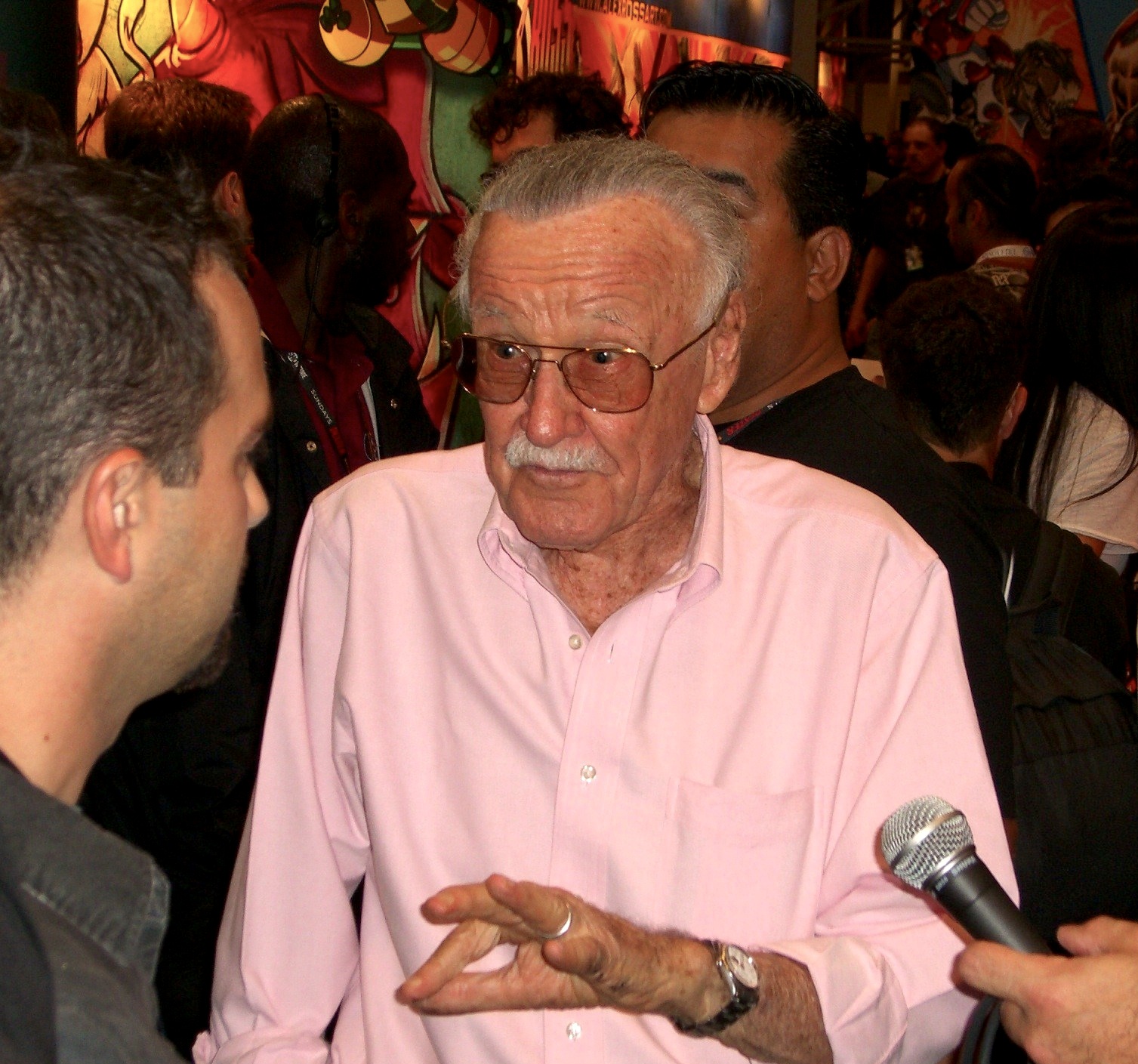|
Brain Damage (film)
''Brain Damage'' is a 1988 American comedy horror film written and directed by Frank Henenlotter. It stars Rick Hearst in his debut acting role as Brian, a young man who becomes acquainted with a talking parasite known as Aylmer (voiced by John Zacherle) that injects him with an addictive fluid that causes euphoric hallucinations; in return, Aylmer demands that Brian allow him to feed on the brains of other humans. Produced on a budget of under , ''Brain Damage'' is the second feature film directed by Henenlotter, following '' Basket Case'' (1982). Principal photography and filming on ''Brain Damage'' took place in Manhattan, New York City, in 1987. The film has been characterized as containing themes relating to both drug abuse and sexuality, though Henenlotter has downplayed such interpretations. Along with special makeup and optical effects, the film makes use of mechanical puppetry and stop-motion animation. ''Brain Damage'' received a limited theatrical release, premier ... [...More Info...] [...Related Items...] OR: [Wikipedia] [Google] [Baidu] |
Frank Henenlotter
Frank Henenlotter (born August 29, 1950) is an American film director, screenwriter and film historian. He is known primarily for directing horror comedies, especially '' Basket Case'' (1982), ''Brain Damage'' (1988), and ''Frankenhooker'' (1990). Despite being known as a horror filmmaker, Henenlotter has expressed a preference for being classified as an " exploitation" filmmaker, stating in 2010: "I never felt that I made 'horror films'. I always felt that I made exploitation films. Exploitation films have an attitude more than anything – an attitude that you don't find with mainstream Hollywood productions. They're a little ruder, a little raunchier, they deal with material people don't usually touch on, whether it's sex or drugs or rock and roll." Early life Henenlotter was born in New York City in 1950. In a 1982 interview with ''Fangoria'', Henenlotter recalled 1946's ''Valley of the Zombies'' as being the first film he remembers seeing, which he watched on television ... [...More Info...] [...Related Items...] OR: [Wikipedia] [Google] [Baidu] |
Home Video
Home video is prerecorded media sold or rented for home viewing. The term originates from the VHS and Betamax era, when the predominant medium was videotapes, but has carried over to optical disc formats such as DVD, Blu-ray and streaming media. In a different usage, "home video" refers to amateur video recordings, also known as home movies. The home-video business distributes films, television series, telefilms and other audiovisual media in the form of videos in various formats to the public. These are either bought or rented, and then watched privately in purchasers' homes. Most theatrically released films are now released on digital media, both optical and download-based, replacing the largely obsolete videotape medium. the Video CD format remained popular in Asia. DVDs are gradually losing popularity since the late 2010s and early 2020s, when streaming media became mainstream. History As early as 1906, various film entrepreneurs began to discuss the potential of home ... [...More Info...] [...Related Items...] OR: [Wikipedia] [Google] [Baidu] |
Robert "Bob" Martin
Robert "Bob" Martin (October 8, 1948 – July 20, 2020) was the original editor of ''Fangoria'', an American horror film fan magazine. Martin steered the publication from 1979 to 1986, during which slasher films were popular. Career A collaborative relationship with writer-director Frank Henenlotter resulted in a novelization Martin adapted from Henenlotter's feature film ''Brain Damage'' and two produced screenplays, '' Basket Case 3: The Progeny'' and ''Frankenhooker'', with Martin writing initial drafts from Henenlotter's detailed outlines. In 1994, Martin, under the name "Ed Flixman" became editor of ''Sci-Fi Entertainment'' (later renamed to ''SCI FI Magazine''), the "official magazine" of the Sci-Fi Channel, and continued in that capacity through October 1996. His column of film news continued to run in that magazine, until a blistering argument with the new editor regarding remarks in Martin's column that the new editor feared might incur the wrath of the Sci-Fi Channel. ... [...More Info...] [...Related Items...] OR: [Wikipedia] [Google] [Baidu] |
Cocaine Dependence
Cocaine dependence is a neurological disorder that is characterized by withdrawal symptoms upon cessation from cocaine use. It also often coincides with cocaine addiction which is a biopsychosocial disorder characterized by persistent use of cocaine and/or crack despite substantial harm and adverse consequences. The Diagnostic and Statistical Manual of Mental Disorders (5th ed., abbreviated DSM-5), classifies problematic cocaine use as a " Stimulant use disorder". The International Classification of Diseases (11th rev., abbreviated ICD-11), includes "Cocaine dependence" as a classification (diagnosis) under "Disorders due to use of cocaine". The use of cocaine creates euphoria and high amounts of energy. If taken in large doses, it is possible to cause mood swings, paranoia, insomnia, psychosis, high blood pressure, a fast heart rate, panic attacks, seizures that are extremely difficult to control, cognitive impairments and drastic changes in personality. Cocaine overdose may re ... [...More Info...] [...Related Items...] OR: [Wikipedia] [Google] [Baidu] |
Crew Cut
A crew cut is a type of haircut in which the upright hair on the top of the head is cut relatively short, graduated in length from the longest hair that forms a short pomp ( pompadour) at the front hairline to the shortest at the back of the crown so that in side profile, the outline of the top hair approaches the horizontal. Relative to the front view, and to varying degrees, the outline of the top hair can be arched or flattened at the short pomp front and rounded or flattened over the rest of the top to complement the front hairline, head shape, face shape and facial features. The hair on the sides and back of the head is usually tapered short, semi-short, or medium. A short crew cut is sometimes referred to as a butch, though with the exception of variant forms, a butch differs from a crew cut in that the top hair is cut a uniform short length. A long crew cut can be referred to in the US as an ivy league crew cut or ''ivy league''. A crew cut where the hair on the top of ... [...More Info...] [...Related Items...] OR: [Wikipedia] [Google] [Baidu] |
Cameo Appearance
A cameo role, also called a cameo appearance and often shortened to just cameo (), is a brief appearance of a well-known person in a work of the performing arts. These roles are generally small, many of them non-speaking ones, and are commonly either appearances in a work in which they hold some special significance (such as actors from an original movie appearing in its remake) or renowned people making uncredited appearances. Short appearances by celebrities, film directors, politicians, athletes or musicians are common. A crew member of the movie or show playing a minor role can be referred to as a cameo role as well, such as Alfred Hitchcock's frequent cameos. Concept Originally, in the 1920s, a "cameo role" meant "a small character part that stands out from the other minor parts". The ''Oxford English Dictionary'' connects this with the meaning "a short literary sketch or portrait", which is based on the literal meaning of " cameo", a miniature carving on a gemstone. More re ... [...More Info...] [...Related Items...] OR: [Wikipedia] [Google] [Baidu] |
McFarland & Company
McFarland & Company, Inc., is an American independent book publisher based in Jefferson, North Carolina, that specializes in academic and reference works, as well as general-interest adult nonfiction. Its president is Rhonda Herman. Its former president and current editor-in-chief is Robert Franklin, who founded the company in 1979. McFarland employs a staff of about 50, and had published 7,800 titles. McFarland's initial print runs average 600 copies per book. Subject matter McFarland & Company focuses mainly on selling to libraries. It also utilizes direct mailing to connect with enthusiasts in niche categories. The company is known for its sports literature, especially baseball history, as well as books about chess, military history, and film. In 2007, the ''Mountain Times'' wrote that McFarland publishes about 275 scholarly monographs and reference book titles a year; Robert Lee Brewer reported in 2015 that the number is about 350. List of scholarly journals The following ... [...More Info...] [...Related Items...] OR: [Wikipedia] [Google] [Baidu] |
Drug Overdose
A drug overdose (overdose or OD) is the ingestion or application of a drug or other substance in quantities much greater than are recommended.Definitions Retrieved on 20 September 2014."Stairway to Recovery: Glossary of Terms" . Retrieved on 19 March 2021 Typically it is used for cases when a risk to health will potentially result. An overdose may result in a toxic state or . Classification [...More Info...] [...Related Items...] OR: [Wikipedia] [Google] [Baidu] |
Drug Withdrawal
Drug withdrawal, drug withdrawal syndrome, or substance withdrawal syndrome, is the group of symptoms that occur upon the abrupt discontinuation or decrease in the intake of pharmaceutical or recreational drugs. In order for the symptoms of withdrawal to occur, one must have first developed a form of drug dependence. This may occur as physical dependence, psychological dependence or both. Drug dependence develops from consuming one or more substances over a period of time. Dependence arises in a dose-dependent manner and produces withdrawal symptoms that vary with the type of drug that is consumed. For example, prolonged use of an antidepressant medication is likely to cause a rather different reaction when discontinued compared to discontinuation of an opioid, such as heroin. Withdrawal symptoms from opiates include anxiety, sweating, vomiting, and diarrhea. Alcohol withdrawal symptoms include irritability, fatigue, shaking, sweating, and nausea. Withdrawal from nicotine can ... [...More Info...] [...Related Items...] OR: [Wikipedia] [Google] [Baidu] |
Flophouse
A flophouse (American English) or dosshouse (British English) is a place that offers very low-cost lodging, providing space to sleep and minimal amenities. Characteristics Historically, flophouses, or British "doss-houses", have been used for overnight lodging by those who needed the lowest cost alternative to staying with others, shelters, or sleeping outside. Generally rooms are small, bathrooms are shared, and bedding is minimal, sometimes with mattresses or mats on the floor, or canvas sheets stretched between two horizontal beams creating a series of hammock-like beds. People who make use of these places have often been called transients and have been between homes. Quarters are typically very small, and may resemble office cubicles more than a regular room in a hotel or apartment building. Some flophouses qualify as boarding houses, but only if they offer meals. American flophouses date at least to the 19th century, but the term ''flophouse'' itself is only attested fr ... [...More Info...] [...Related Items...] OR: [Wikipedia] [Google] [Baidu] |
Middle Ages
In the history of Europe, the Middle Ages or medieval period lasted approximately from the late 5th to the late 15th centuries, similar to the post-classical period of global history. It began with the fall of the Western Roman Empire and transitioned into the Renaissance and the Age of Discovery. The Middle Ages is the middle period of the three traditional divisions of Western history: classical antiquity, the medieval period, and the modern period. The medieval period is itself subdivided into the Early, High, and Late Middle Ages. Population decline, counterurbanisation, the collapse of centralized authority, invasions, and mass migrations of tribes, which had begun in late antiquity, continued into the Early Middle Ages. The large-scale movements of the Migration Period, including various Germanic peoples, formed new kingdoms in what remained of the Western Roman Empire. In the 7th century, North Africa and the Middle East—most recently part of the Eastern Ro ... [...More Info...] [...Related Items...] OR: [Wikipedia] [Google] [Baidu] |
Arrow Video
An arrow is a fin-stabilized projectile launched by a bow. A typical arrow usually consists of a long, stiff, straight shaft with a weighty (and usually sharp and pointed) arrowhead attached to the front end, multiple fin-like stabilizers called fletchings mounted near the rear, and a slot at the rear end called a nock for engaging the bowstring. A container or bag carrying additional arrows for convenient reloading is called a quiver. The use of bows and arrows by humans predates recorded history and is common to most cultures. A craftsman who makes arrows is a fletcher, and one that makes arrowheads is an arrowsmith.Paterson ''Encyclopaedia of Archery'' p. 56 History The oldest evidence of likely arrowheads, dating to c. 64,000 years ago, were found in Sibudu Cave, current South Africa.Backwell L, d'Errico F, Wadley L.(2008). Middle Stone Age bone tools from the Howiesons Poort layers, Sibudu Cave, South Africa. Journal of Archaeological Science, 35:1566–1580. Backwell ... [...More Info...] [...Related Items...] OR: [Wikipedia] [Google] [Baidu] |
.jpg)






